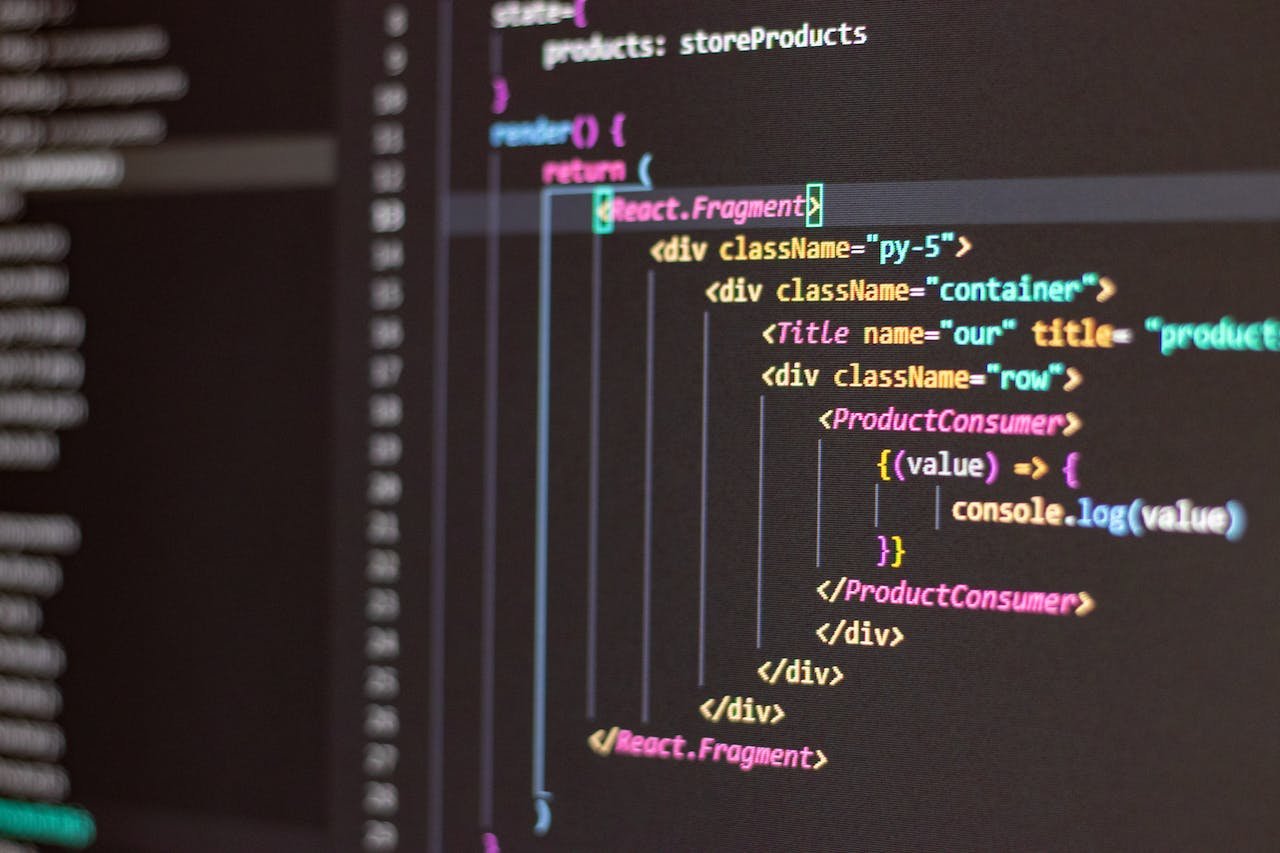Understanding the For Loop in C++: A Comprehensive Guide with Examples
In the realm of programming, loops are invaluable tools that allow developers to execute a block of code repeatedly. Among the various loop constructs available, the “for” loop stands out as a concise and powerful mechanism for iteration. In C++, mastering the for loop is essential for efficient and elegant code. This article aims to elucidate the nuances of the for loop in C++, providing clear explanations and illustrative examples.
Anatomy of a For Loop
The syntax of a for loop in C++ follows a specific structure:
for (initialization; condition; update) {
// Code block to be executed repeatedly
}Let’s break down each component:
- Initialization: This segment initializes a counter variable or variables required for the loop. It is typically used to set the initial value of the loop control variable(s).
- Condition: The loop continues iterating as long as this condition evaluates to true. Once the condition becomes false, the loop terminates.
- Update: After each iteration, the update section modifies the loop control variable(s). This step is crucial for ensuring that the loop progresses towards its termination condition.
Example Scenarios
1. Basic Counting:
#include <iostream>
int main() {
for (int i = 0; i < 5; ++i) {
std::cout << i << " ";
}
return 0;
}This code snippet demonstrates a simple for loop that counts from 0 to 4. Here, i is initialized to 0, incremented by 1 in each iteration, and the loop continues as long as i is less than 5.
2. Iterating Over an Array:
#include <iostream>
int main() {
int numbers[] = {2, 4, 6, 8, 10};
for (int i = 0; i < 5; ++i) {
std::cout << numbers[i] << " ";
}
return 0;
}In this example, the for loop iterates over each element of the numbers array and prints them to the console.
3. Looping Backwards:
#include <iostream>
int main() {
for (int i = 10; i > 0; --i) {
std::cout << i << " ";
}
return 0;
}This snippet illustrates how a for loop can count backwards from 10 to 1.
Problems
Problem 1:
Each digit (from 0 to 9) must occur in N at least as many times as in K.
To solve this problem, we need to find the smallest number N such that each digit from 0 to 9 appears at least as many times as the most frequent digit in the number K.
Here’s a way to solve this problem:
- Count how many times each digit from 0 to 9 appears in the number K.
- Find the maximum count among these counts.
- The smallest number N will be this maximum count.
Here’s a sample solution in C++:
#include <iostream>
#include <string>
#include <vector>
#include <algorithm>
int main() {
std::string K;
std::cin >> K;
std::vector<int> digit_counts(10, 0);
// Count occurrences of each digit in K
for (char digit : K) {
int index = digit - '0';
digit_counts[index]++;
}
// Find the maximum count
int max_count = *std::max_element(digit_counts.begin(), digit_counts.end());
std::cout << max_count << std::endl;
return 0;
}This program reads the input number K as a string, counts the occurrences of each digit, finds the maximum count, and then prints it out. This maximum count represents the minimum number N satisfying the given condition.
Conclusion
The for loop is a fundamental construct in C++ programming, offering precise control over iteration. By understanding its components and employing it judiciously, developers can streamline their code and tackle a wide array of tasks efficiently. Whether it’s traversing arrays, implementing algorithms, or executing repetitive tasks, the for loop is an indispensable tool in the C++ programmer’s arsenal. With practice and experimentation, mastering the for loop opens up endless possibilities for writing robust and expressive code.
Related Articles
If you enjoyed reading this, then please explore our other articles below:
More Articles
If you enjoyed reading this, then please explore our other articles below:





















 2019-2025 ©
2019-2025 ©